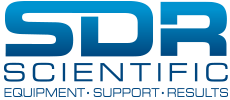Peripheral arterial disease (PAD) research using Hindlimb Ischaemia model
Hind Limb Ischaemia (HLI) as a model for Peripheral Arterial Disease: The Gold Standard?
The murine hindlimb ischemia preparation is useful for testing new therapies for Peripheral Arterial Disease (PAD).
While there are other models of tissue ischemia such as coronary or cerebral artery ligation, femoral artery ligation provides for a simpler model of ischemic tissue.
Advantages of the murine hindlimb ischemia model are:
- ease of access to the femoral artery
- low mortality rate.
The hind limb ischaemia angiogenesis experimental model is a well-established and popular “gold standard” tool to test and quantify the effect of novel therapies on the formation and development of new blood vessels – the process known as angiogenesis.
This is relevant for therapies where this process should be accelerated e.g. wound healing, or where the opposite effect is required e.g. to slow or inhibit tumour formation. The model uses Laser Doppler or Laser Speckle imaging to assess blood perfusion in the hind limbs, one of which is surgically ligated.
Dedicated software enables the definition of regions of interest for blood flow assessment on the ischaemic versus non-ischaemic limb to establish a “reperfusion ratio” which can be assessed over a number of days and/or as often as needed on the same subject.
This allows the effect of different therapies that may speed or slow angiogenesis to be quantified. Importantly, this assessment technique is non-invasive and does not use any tracer dyes.
Relevant Equipment:
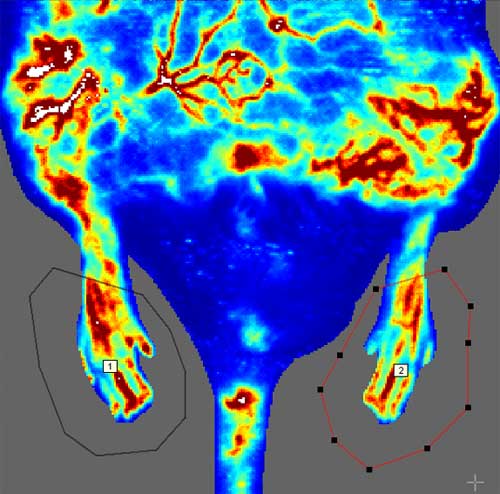
Hindlimb Ischaemia Angiogenesis Model (photo courtesy of Moor Instruments)
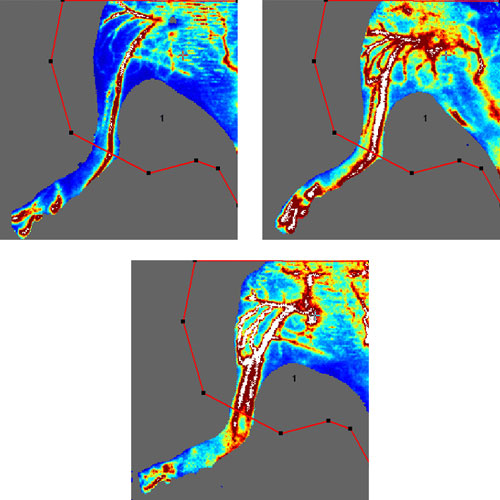
Right Ventral Adductor: Post surgery, 3 days post, 21 days post (photo courtesy of Moor Instruments)
Laser Speckle Contrast Imager moorFLPI-2
High Resolution Laser Doppler Imager moorLDI2-HIR
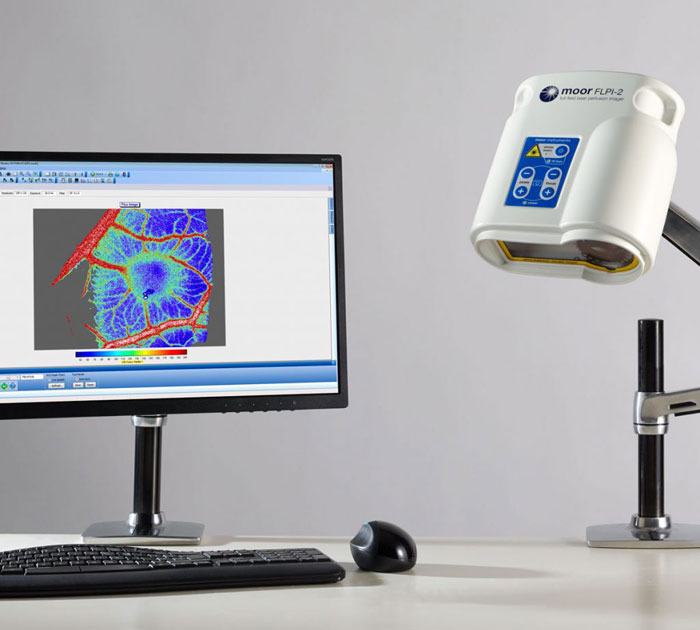
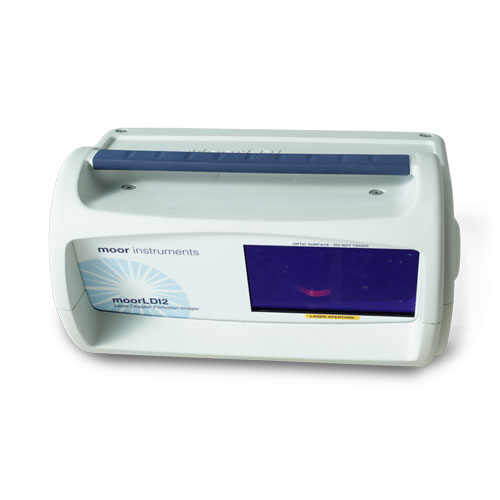
The hind limb ischaemia model is a well-established “gold standard” tool to test and quantify the effect of novel therapies on … angiogenesis.
Links to source webpages
https://www.moor.co.uk/applications/hind-limb-ischaemia-hli/
Links to any resources
https://www.moor.co.uk/products/imaging/high-resolution-laser-doppler-imaging/
